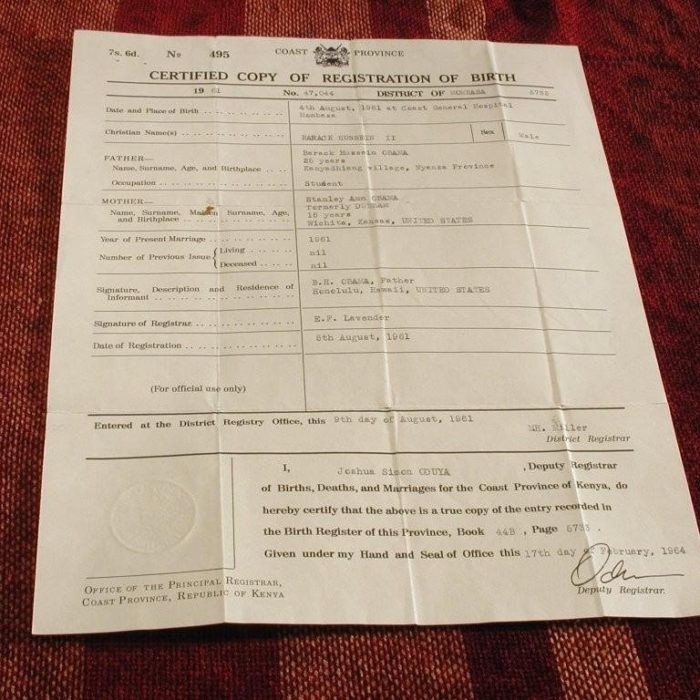Category: Art
-
Good, gooder, goodest.
•
Way back in 1770 the French philosopher, historian, and poet Voltaire wrote that “Perfect is the Enemy of…
-

Prisoners in the museum
•
The classical Greek conception of the afterlife was not a particularly attractive one. In Homer’s universe, the vast…
-

In the Mood
•
In a twenty-two-year-old farm boy from rural Alabama, barriers to comprehension were high. It didn’t take me long…
-

A Likely Story
•
We all have our own sacred cows, ideas that are so deeply embedded in our psyches that we…
-

Elaine, let’s get the hell out of here.
•
Elaine de Kooning once recalled a party where she and another painter, Joan Mitchell, were asked, “What do…
-

Bonfire of the Vanities
•
The market value of the works that Richter is known to have obliterated is estimated at somewhere around…
-

Seeing it all in black and white.
•
In black and white, structure becomes clearer; light and shadow take on more meaning. Detail can become clinical,…
-
The Barbarians at the Gates
•
Last Tuesday, in a California courtroom, a judge sentenced 23-year-old Casey Nocket to two years’ probation and 200…
-
Courage
•
Frustrated ISIS militants holding the city of Palmyra yesterday beheaded 82-year-old archaeologist Khaled al-Asaad. When Islamic State fighters…
-
Nothing if not critical …
•
It’s easy to forget sometimes that the work of creating art is not like putting in a new…
Recent Posts
Social Media & Email
Sign up for email notifications!
Click here to get on my mailing list for advance info and excerpts from upcoming work and events. Just put “Mailing List” in the subject line.


